No longer do products serve as the cornerstone of brand identity. Moreover, who wants to keep arguing about which product features are better? Boring, right?
So, how do you make your brand stand out? You can achieve this by using your unique brand personality to connect with your clients. Especially, emotionally and intellectually!
Archetypes have been around and gaining popularity in marketing awhile. As marketers use storytelling for memorable campaigns, archetypes have gained importance. Therefore, identifying your archetype can help establish your brand’s personality.
Is your company’s brand a daredevil like Red Bull? Or like Apple that makes the ordinary magical? To help you get going, here is a detailed guide. This will help you understand brand archetypes. Additionally, why is it an essential element of marketing campaigns.

What are Brand Archetypes?
Brand archetype is the most important part of the brand. It is how your customers visualise your company. It can be related to the product/ service, or any other related aspect. This type of marketing helps brands be noticeable.
Brand archetypes are essential to a brand’s identity. It is influential in shaping how you are perceived. In simpler terms, they are pattern of characters, symbols, and events that help customers identify a brand.
Brand archetype is often confused as a logo, but it’s more than that. It is a complete set of communication that represents your company. It is the way you present yourself, your values, your mission, and what you stand for. In short, you can think about it as a portrait or a snapshot of what makes you unique and different from others.
There are 12 universally accepted archetypes. These are based on the personality traits outlined by the Swiss psychiatrist Carl Jung. Let’s quickly explore these 12 archetypes:
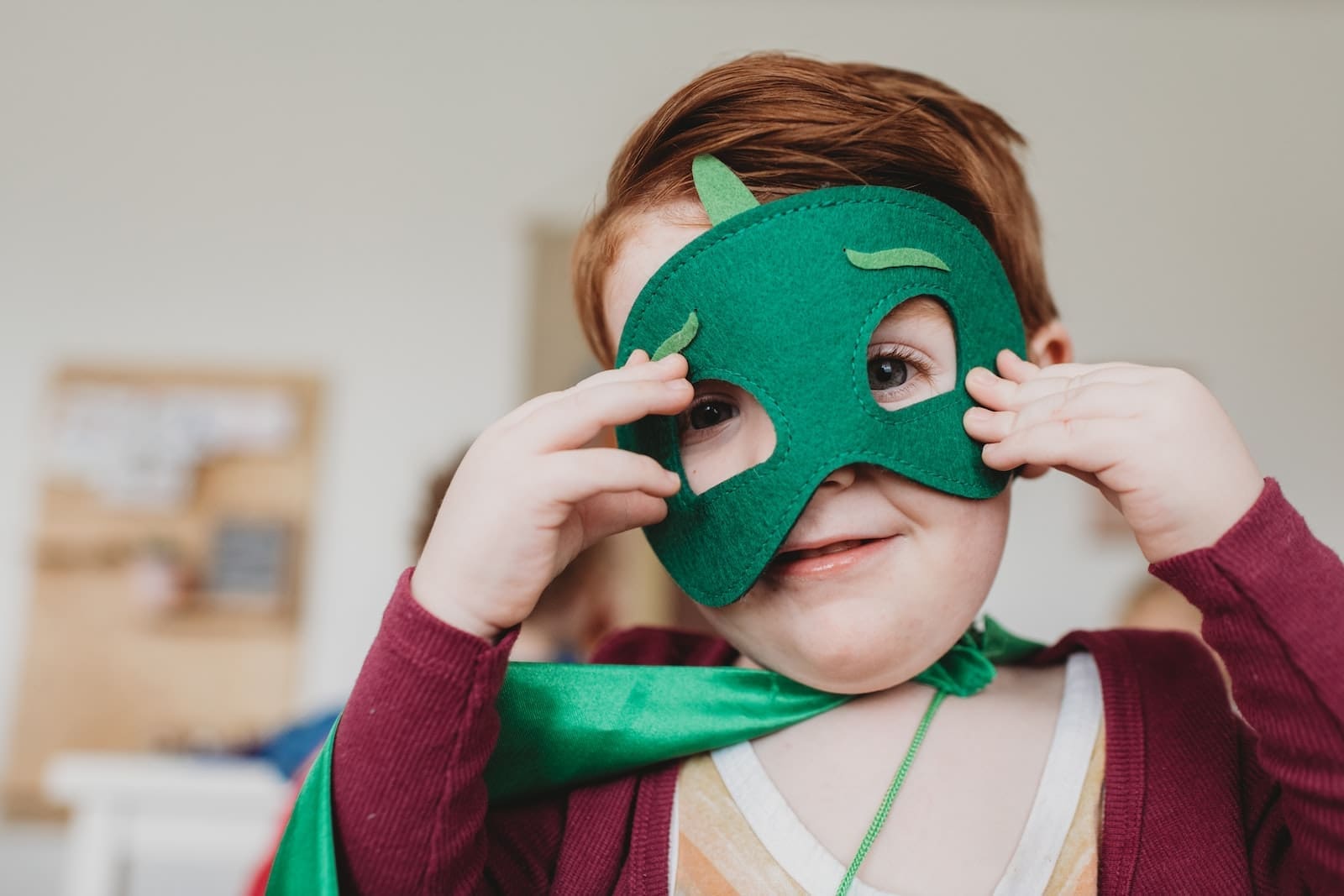
The Innocent Archetype
The Innocent Archetype needs no explanation. There’s no nuance. It stands pure, clean, safe and simple. Innocents are committed, true and wants to do good!
Innocent brands are honest, positive, and cheerful. Additionally, they are easy to trust and evoke pleasant memories. Consider Paper Boat.

The Sage Archetype
The sage archetype needs little introduction. It believes in the power of the truth and leaves no stone unturned in its pursuit.
Sage brands are wise, honest, and knowledgeable. They have a curiosity about the unknown and enjoy sharing acquired wisdom. For example, publications like The Hindu.

The Explorer Archetype
The sage archetype needs little introduction. It believes in the power of the truth and leaves no stone unturned in its pursuit.
Explorer brands are adventurous. They opt for unconventional paths and seek new experiences and discoveries. Brands like The North Face represent this archetype.
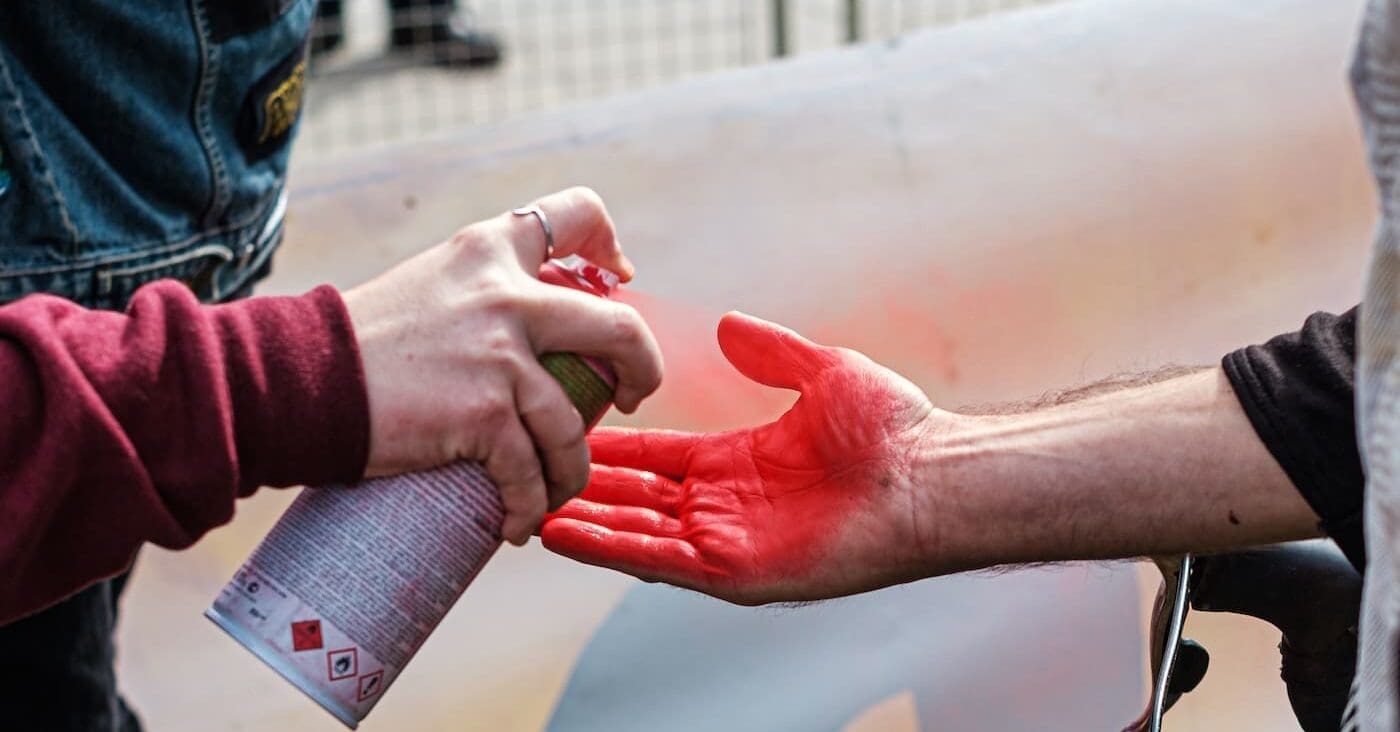
The Outlaw Archetype
The outlaw archetype yearns for liberation from oppression. They are also known as the rebel, revolutionary, iconoclast, and misfit. Read More..
Outlaw brands, such as Fast Track, embrace breaking the rules and challenging the status quo. They are known for their rebellious and untamed nature.

The Magician Archetype
The magician makes your dreams come true. They build a fundamental understanding of the universe and use it to deliver results.
Brands associated with Magicians are driven, likable, and visionary. They think creatively and provide transforming experiences. For example, Disney!
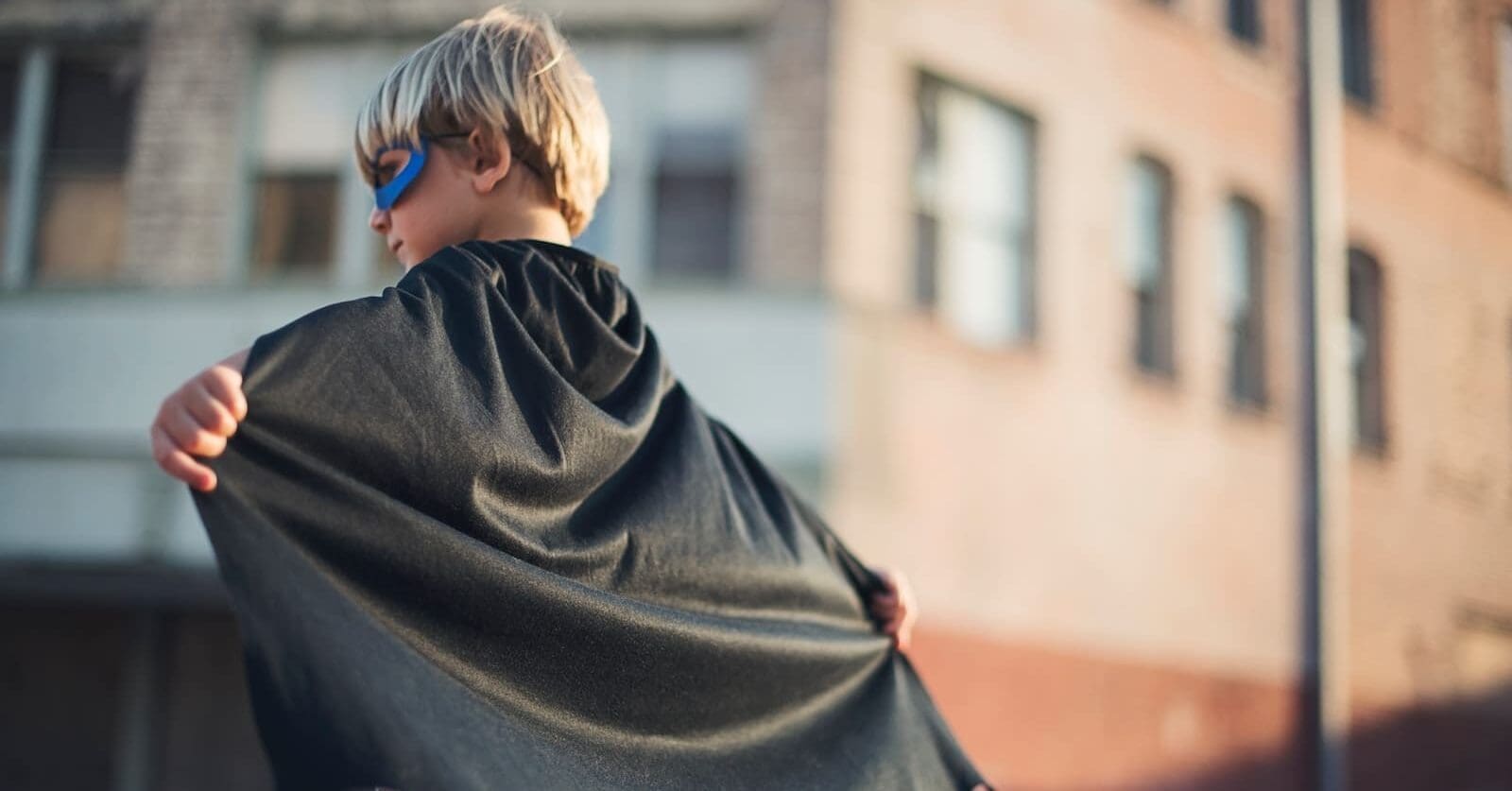
The Hero Archetype
The hero is on a quest to complete a self-sacrificial task for the betterment of others. They demonstrate unbelievable strength, courage or goodness.
Just like superheroes, these brands inspire everyone to overcome obstacles and push their personal boundaries. Nike is a classic example of a Hero Brand.

The Lover Archetype
The lover archetype is all about connections. It wants to evoke feelings of desire and longing. It wants to build an emotional, and often physical intimacy.
On one level, they are about love and intimacy, but they are also about fostering companionship and appreciating all kinds of relationships. An example is Tanishq.

The Jester Archetype
The Jester archetype stands for pure, unrestrained fun. Humour defines it. The world is a playground for the jester, and nothing is sacred, except having fun!
Jester products are playful, upbeat, and enjoyable. They try to make everyone smile, spread happiness, and live each day to the utmost. For example, Doritos!

The Everyman Archetype
The everyman is just the average person, or the average “Joe”. It’s defining trait is that it is relatable. It is humble, compassionate and kind.
They promote a sense of community among individuals and are practical. A classic example – Amul.

The Caregiver Archetype
The caregiver is selfless. It exists to nourish and protect others. It takes the saying “Love Thy Neighbour” and takes it up a notch.
They are here to assist, care for, and safeguard people. Their mission is to make their customers should feel safe and cared for. For example, Johnson & Johnson.
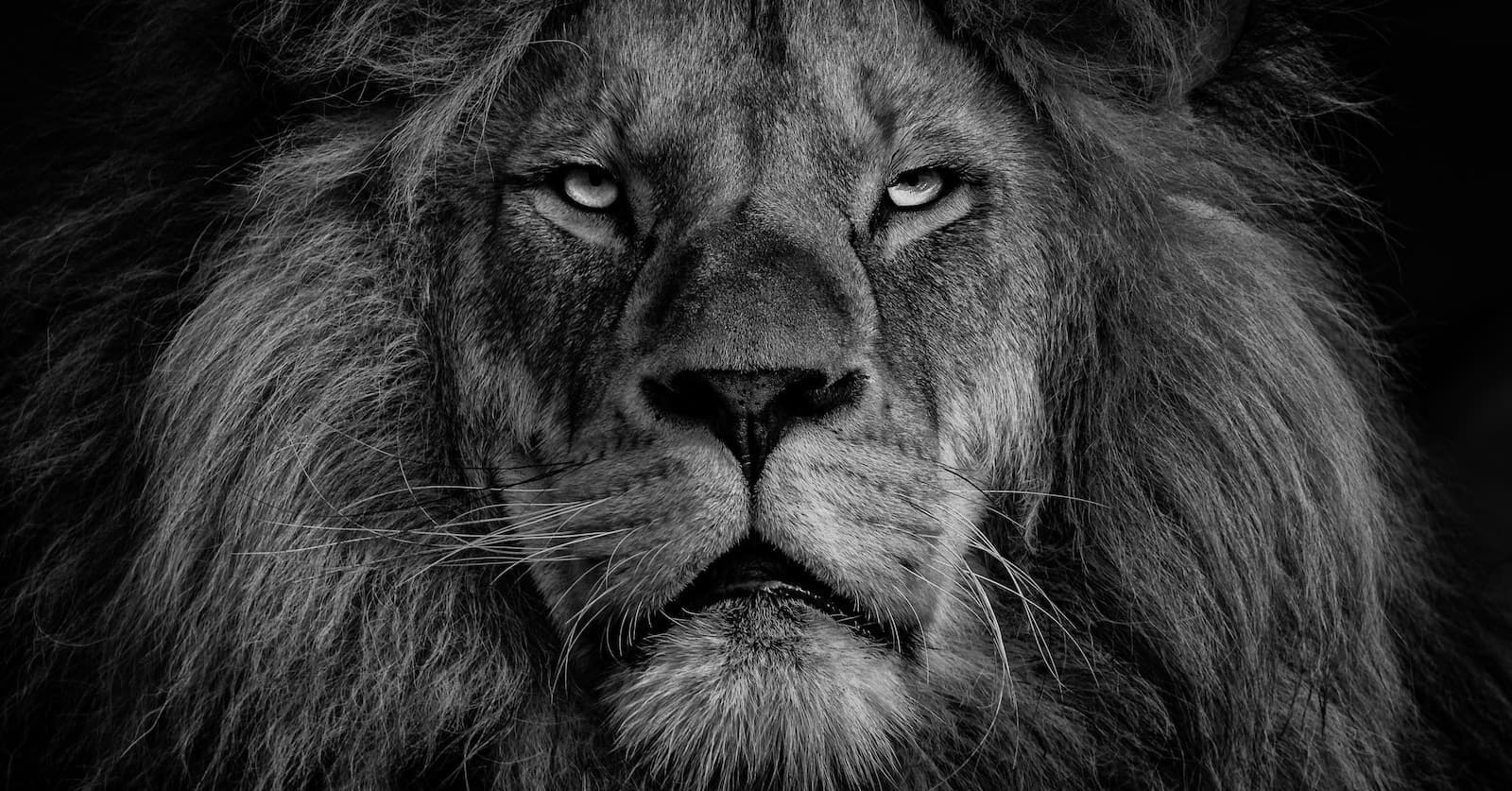
The Ruler Archetype
The ruler believes that “Power is Power”. It is the one in charge. The ruler exudes power, authority, control and ambition. They need order and security.
Ruler brands are powerful, wise, and intelligent. They support establishing rules and bringing order out of chaos. Think – Rolex.
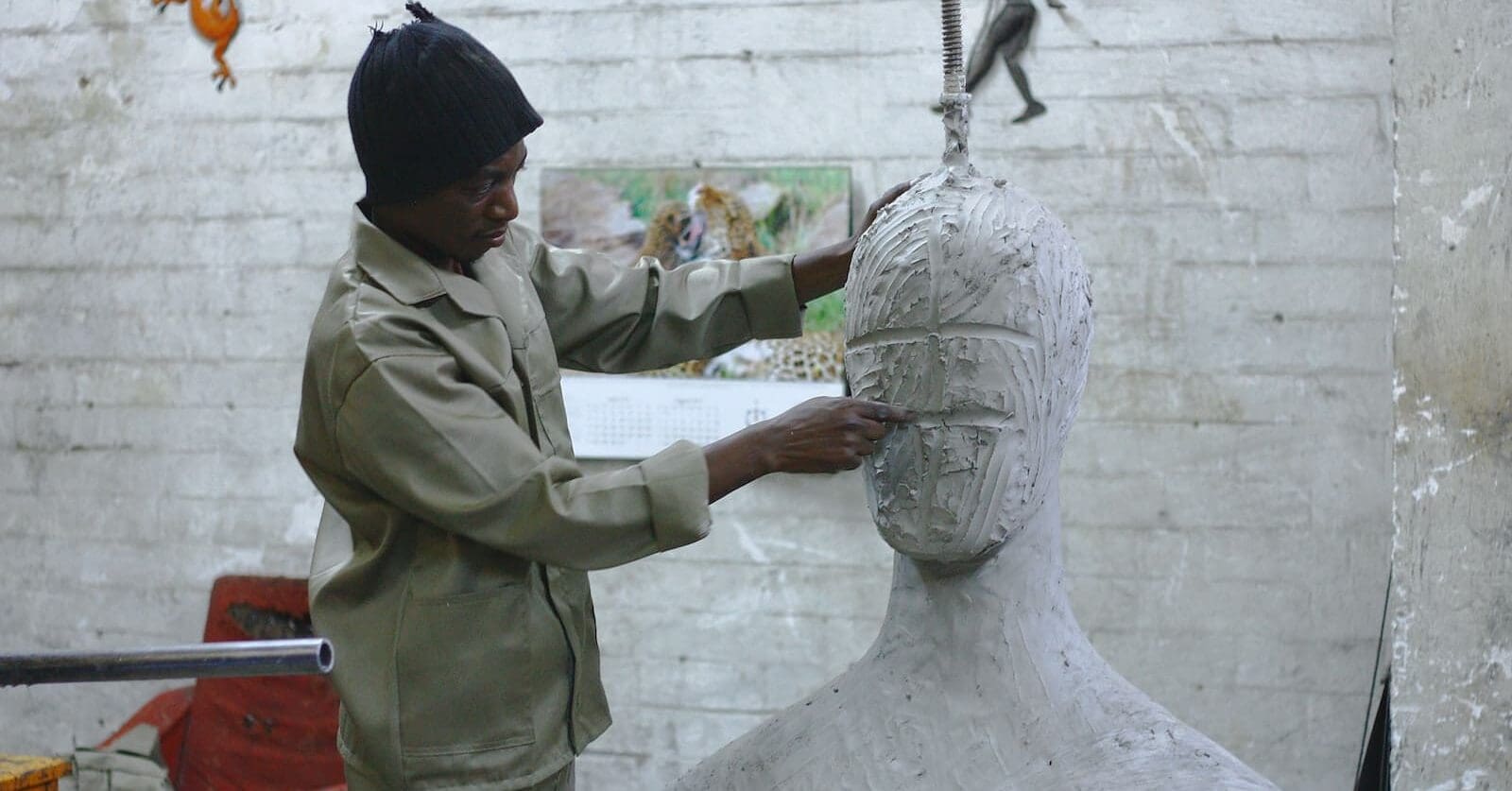
The Creator Archetype
The creator is aesthetic and imaginative. It is enamoured by the need for innovation and interpretation. It has a unique point of view, usually with good taste.
Creator brands are original, risk-taking, and sincere. They have a vision and desire to address issues by making things that reflect their creativity and self-expression. For example, FunSkool.
Analyze what sets you apart in the market to develop your brand archetype. You can additionally, use it to address customer concerns.
Choosing the Archetype that Best Embodies your Brand
This is a crucial question that requires time and understanding your brand’s main traits.
Use these questions to help decide which option is best for you. Find more details in the blog posts on each brand archetype.
- Market Gap: How do your goods or services fit into modern society?
- Customer base: Who is the perfect target audience for you?
- Mission statement: What is the purpose of your company?
- Values: What do you want to be known for?
- Goal: In five years, where do you see your brand?
This will help you understand your product or service better. Moreover, will help you create a more consistent image for your business. Therefore, reducing the risk of confusion for your customers and increase the likelihood of repeat purchase.
Purpose of Brand Archetypes
Brand archetypes embody a company’s identity. It symbolize people’s needs and desires. Furthermore, it creates an emotional connection with the customers. This helps brand owners establish a unique market position.
Investing in brand archetypes has numerous benefits for your brand and identity. This includes:
1. Supports Brand Experience
Anyone can start a business, but how do you build a brand? Along with products, brands need to offer a comprehensive customer experience.
What does this mean? Is it only about meeting customer expectations with products and services? Should you provide something more memorable than the basics? How can you measure success? In essence, how do you define success?
Brand archetypes are the building blocks of a brand experience. They are the things that customers can easily connect with. Archetypes help to make your brand more memorable than other brands.
An archetype is the essential set of traits that define your brand identity. It highlights what sets you apart from competitors and why clients choose you. Harley Davidson serves as a clear example. It emphasizes the rebel archetype through the logo ‘patch’ and a rebellious tone in its advertising.
Discovering the right story for your brand involves knowing your brand archetype. Building a strong and unique narrative is crucial. It aids in creating awareness among your target audience.
Begin with, identifying a fitting brand archetype. Then develop a plan to fulfill your brand promise. It includes assurances about your company’s values and capabilities. Additionally, you can use analytics to track progress and ensure alignment with your brand promise.
2. Adapts to Customer Desires
Secondly, it helps create a consistent and memorable customer experience. It is about crafting a visual language for your brand that complements the design elements of your brand. Such as colour schemes, typography, and logo design.
For example, the “explorer” archetype can be associated with strong masculine brands like Thar. It can also be used to describe a brand like Gini&Jony, which creates an experience that is cool and unpretentious. The archetypes are not just about creating connections between consumers and your brand. Clearly, they can help you understand how people think about your product or service.
An archetype can match human personality traits that resonate with your brand. This can help build a deep emotional connection between the brand and its audience.
3. Helps Separate your Brand Competitors
It might be possible that your business concept is ground-breaking and opens a new market. However, competition will soon come knocking at your door. Smart competitors will use every resource at their disposal to squeeze your margins and your market share.
The truth is most businesses offer related products or services. Differentiating your product through branding will help you remain on top. Moreover, it will help you build credibility and generate customer loyalty.
To begin with, a simple example, consider Aquafina and Kinley. Both are from the same industry. So, why do some people prefer one over the other? Clearly, both brands have positioned themselves uniquely, appealing to their customers at an emotional level. This is how creating a brand archetype can help you differentiate your product from your competitor’s offering. Most importantly, it can help you create a separate identity and a strong sense of loyalty.
The brand’s core archetype is the central idea that a company stands for. It is how it communicates it’s idea to its customers. Through it’s archetype, a brand presents itself as a company and differentiates itself from others in the market.
By understanding the archetypes that exist for your industry, you can better understand how people use your product and make it easier for them to find what they are looking for. This can help you differentiate your product from your competitors’ offerings, which in turn, will lead to more sales.
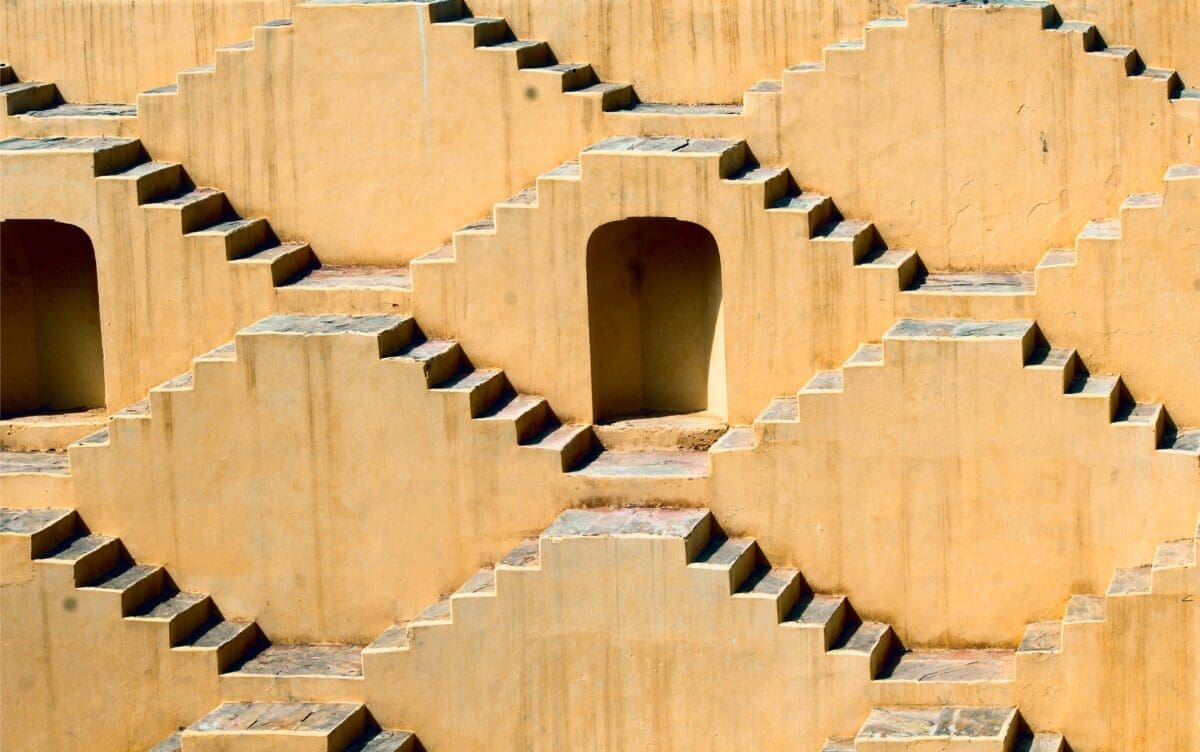
How can you make brand archetypes work for your brand effectively?
Archetypes give businesses a framework for considering how and why customers act in certain ways. They enable businesses to view themselves in new and innovative ways. And it turns out that there are several fascinating explanations for why brand archetypes are effective.
The most fundamental explanation is that we are all human. Our emotions guide our behaviour. Brand Archetypes help companies resonate the product or service better with human emotion. In essence, it pursues them into being their product or service.
Humans are social animals. We desire connection and inclusion, to be part of something larger. Everyone seeks importance, wanting to make a difference and contribute meaningfully.
These aspirations are not exclusive to one person. Businesses are subject to them as well. As a result, many businesses now use brand archetypes to comprehend their target audiences.
Here are some of the reasons brand archetypes are effective:
1. Helps identify you as a brand
Just like in literature, an archetype helps the audience understand a brand’s values and purposes i.e., what makes a brand unique. An archetype helps customers recognize similarities and differences among products in the same industry. These commonalities are what would help companies establish themselves as a brand.
An archetype is how your brand is seen by the world. Discovering which archetype your brand represents, therefore, gives it character and purpose. It creates a distinct image in the minds of your customers and sets your brand and messaging apart. People connect with brands whose values reflect their own.
For example, Disney is known for its honest characters and aesthetics. Undoubtedly, it is a classic example to witness how brands can shape their image and become famous.
2. Position your Marketing Strategy to your Business Goals
The success of every brand relies on its marketing strategy. However, having a plan alone is not enough. But you also need to properly carry it out. You must be aware of your current situation. Additionally, how you compare favourably against competitors to achieve this. This requires an understanding of your brand archetype i.e. how you view your brand and how others see it.
Brands come in a variety of sizes and forms. Some are simple, while others are subtle and intricate. Once you are aware of your brand archetype, you can begin to consider how to best fit within it through your marketing strategy and its implementation.
3. Promotes Communication both Within and Outside the Company
Brand archetypes promote employee loyalty. In addition, they help employees better resonate with a brand’s values, attributes, and goals. Who could be a better spokesperson for a company than its own employees? This will be reflected in how they connect with customers.
Clearly, consumers today are intelligent and aware. They care about expressing their uniqueness through the products and services they use and the brands they associate with. Consumers increasingly purchase not just a product, but also the significance and reputation associated with it.
Customers and employees form closer relationships with a firm when they feel that they are a part of something greater than themselves. This creates a sense of loyalty and belonging among both parties. People are drawn to companies if they feel that they share the same values as the organisation itself.
4. Innovate New Product Development
Last but not the least, brand archetype helps companies with product development and innovation as well. The launch of new products and how well they perform in the market generates feedback. Additionally, this input can then be used to adjust in the next round of product development.
Similarly, as product development, product innovation must also be in line with the brand archetype of your business. For instance, Apple Inc., whose creative genius brand archetype represents the company, strives to create goods that are unique, appealing, and practical. Therefore, every new product and the related marketing plan must be in line with this set of attributes.
Isn’t it very clear how archetypes, emotional positioning, and brand performance are strongly connected? However, only about one-third of brands strongly create or communicate an archetype personality. This is clearly a lost opportunity. Brands competing in crowded markets cannot neglect to care.
To achieve long-term value growth, it’s crucial to find a meaningful point of difference. Brand archetypes can help create this meaningful difference by tapping into deeper emotions.




